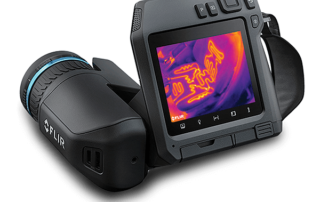What the ‘Dew Point’ means in building thermography
The dew point, a pivotal metric in weather prediction, marks the temperature at which air saturates upon cooling, impacting fog, dew, and precipitation likelihoods. Influenced by air temperature, humidity, and atmospheric pressure, it reveals condensation thresholds, vital for understanding weather patterns and climate shifts.









